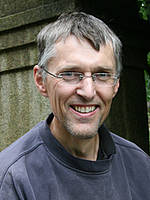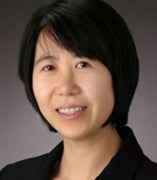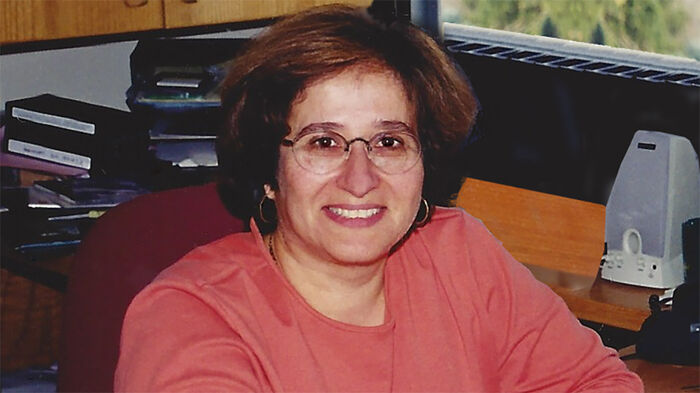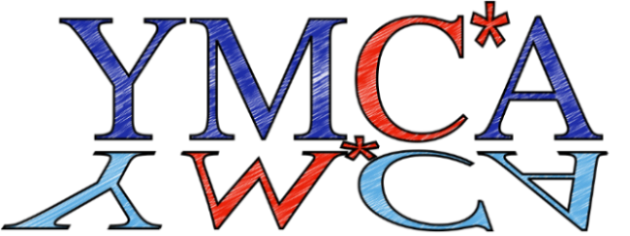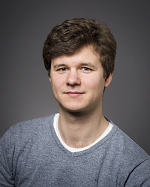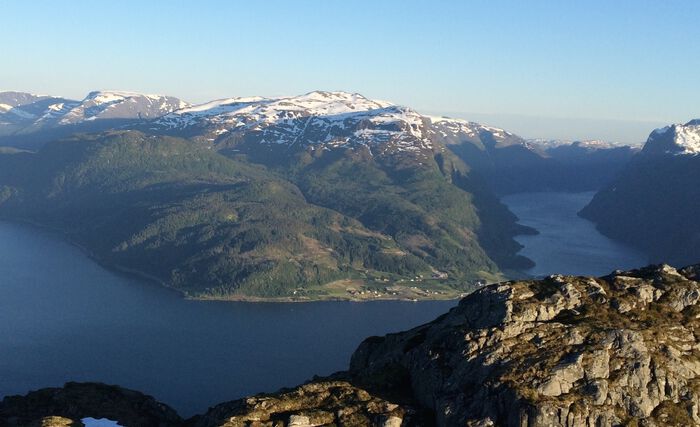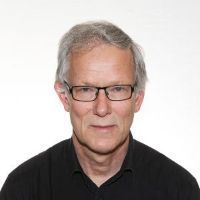Tidligere arrangementer - Side 11
We combine a systematic approach for deriving general a posteriori
error estimates for convex minimization problems using convex duality relations with a recently derived generalized Marini formula. The resulting a posteriori error estimates are essentially constant-free and apply to a large class of variational problems including the p-Dirichlet problem, as well as degenerate minimization, obstacle and image de-noising problems.
For the p-Dirichlet problem, the a posteriori error bounds are equivalent to the classical residual type a posteriori error bounds and, hence, reliable and efficient.
Abstract (PDF)
A conference in honour of Nils Henrik Risebro on the occasion of his 60th birthday.
Doctoral candidate Dennis Schroers at the Department of Mathematics will be defending the thesis New Topics in Nonlinear Functional Data Analysis for the degree of Philosophiae Doctor.
José Carlos Nieto Borge is a marine physicist and associate professor at the Universidad de Alcalá de Henares, Spain.
A four-days workshop to appreciate and discuss advances in risk and stochastics with a close look into applications and numerical methods
We consider the linearized elasticity equations, discretized using multi-patch Isogeometric Analysis. To solve the resulting linear system, we choose the Dual-Primal Isogeometric Tearing and Interconnecting (IETI-DP) Method with a scaled Dirichlet preconditioner. We are interested in a convergence analysis. See more details below.
We will present the results of numerical experiments that demonstrate our theoretical findings.
Professor Elaine Cohen (University of Utah) kreeres til æresdoktor ved UiO. I den forbindelse vil hun holde en forelesning: Mathematics and Geometric Modeling: Similar Ingredients, Distinct Goals.
I will discuss the question in the title. This is joint work with Alex Degtyarev and Ilia Itenberg. This will be a talk involving very classical topics in algebraic geometry. I will try to make the talk accessible to students at master- and PhD level.
QOMBINE seminar by Daniel Stilck Franca (ENS Lyon)
C*-algebra seminar talk by Pinhas Grossman (University of New South Wales)
A conference organised for and by master/Ph.D.-students and postdocs in operator algebras (both von Neumann and C*-algebras) and related areas, with the goal of fostering scientific and social interaction between young researchers.
Doctoral candidate Floris Eelke Elzinga at the Department of Mathematics will be defending the thesis Free Probabilistic and Poisson–Lie Geometric Methods for Quantum Groups for the degree of Philosophiae Doctor.
The simulation of multi-phase fluids has attained growing interest in the last decades. While for single-phase flow with the Navier-Stokes system the basic model is well understood, for multi-phase systems additional challenges by the necessity to track the transition zones or interfaces between different fluid components arise.
We propose to use a phase field as a smooth indicator function to describe this situation. Using phase-field models, one introduces a small layer of mixed fluids as a so-called diffuse interface. One benefit of phase-field models is, that they can naturally deal with topology changes and can easily be extended to cope with contact line dynamics.
This model allows for discussing the optimal control problem for two-phase flow. We introduce a thermodynamically consistent phase-field model for two-phase flow including a model for contact line dynamics and introduce an energy stable numerical scheme.
This scheme allows us to investigate the time-discrete (open loop) optimal control problem, where we investigate different control actions to steer a given distribution of phases towards the desired distribution. We derive the existence of solutions to the optimal control problem and provide first-order optimality conditions.
Hybrid format via Zoom possible on demand (contact timokoch at uio.no)
C*-algebra seminar by Marcelo Laca (University of Victoria)
Nordfjordeid Summer school 2022
Migration of particles and deformation and coalescence of droplets can be highly affected by the non-Newtonian properties of the carrier fluid.
In this talk, we focus on the effects of viscoelasticity and yield stress (plasticity) on particle and droplet dynamics. Results are presented from numerical simulations of Navier-Stokes equations coupled with viscoelastic and elastoviscoplastic constitutive models. We will investigate how to yield stress and elasticity affect the final position of a particle in channel flows, and how complex fluid droplets deform, merge and jump on a superhydrophobic surface.
Hybrid format via Zoom possible on demand (contact timokoch at uio.no)
C*-algebra seminar talk by John Quigg (Arizona State University)
We invite you (once again) to a two-day seminar celebrating Professor Ørnulf Borgans many and substantial contributions to statistics in general and life event history analysis in particular.
Brain source analysis is an important tool in brain research. It is used for example during operation planning for epilepsy patients. Given EEG (electroencephalography) and MEG (magnetoencephalography) measurements the goal is to reconstruct the brain activity, i.e. the electric potential in the brain. This poses an inverse problem. It was observed in experiments, that the accuracy of the inverse problem strongly depends on the quality of the forward simulation, in particular the head model. We discuss how modern numerical methods like discontinuous Galerkin (dG) methods and cut-cell techniques can increase the robustness of the forward problem and simplify the overall workflow. Hardware-oriented design of numerical methods allows for improved speed of the inverse simulation by making use of modern hardware resources. In order to compute the forward problem efficiently, we propose an algebraic multigrid solver for cut-cell dG methods. We introduce the challenges of EEG/MEG inverse modeling and discuss how different parts of the problem can be improved using modern numerical methods.
Hybrid format via Zoom possible on demand (contact timokoch at uio.no)
The talk will start at ca. 13:00 right after the talk by Andrea Bressan.
